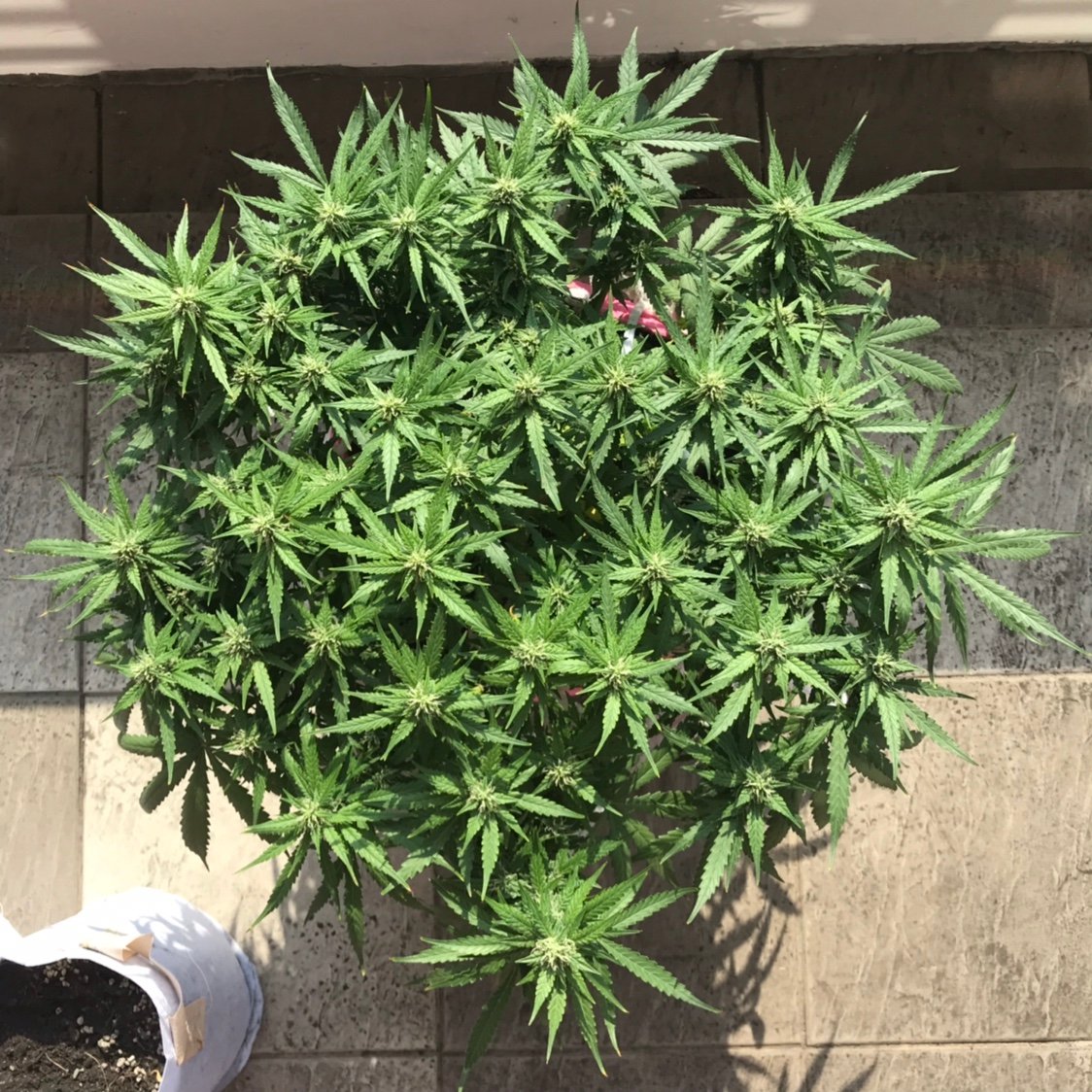There is no certain rule!
You can use up to 90% red wavelength and 10% blue or 6500K to add some blue and green!
Warmwhite already has 45-50% red-, deep- and far-red so maybe between 10 and 40%.
With far red one needs ~2000-4000μMol (not per s/m², just μMol) to put the girls into sleep mode. That way you can increase flowering time to 14/10 and get more yield compared to 12/12 because of increased DLI. Or just leave it on 12/12 and get few days faster harvest. With longer flowering sativas you can get 5-9 days faster turnaround, with shorter indica strains a few days, up to 5 maybe.
White light already contains red and deepred wavelength so you should profit from Emerson effect even without additional red/deepred diodes. For this reason many user have switched to CRI90+ because it has much more red and deep-red and twice as much far-red compared to CRI80. Even though CRI80 is more electrically efficient the better spectrum compensates for this and depending on the strain you are using you can get even better yields in less time if you use CRI90.
But remember, the Emerson effect gets weaker with increased brightness. With 1500μMol/s/m² there is no improvement anymore. With only 400-500μMol/s/m² you'll see huge improvements.
This is how mother nature has created a way how plants get along well with less light.
But when you add more red/deepred wavelength you make your whole light more efficient and depending on the brightness level it also increase the emerson effect.
I have my DIY Samsung Q strips 3000K and system efficiency at 2.65 umol/s. When I add 660nm reds which are 4.2 umol/s I can get nice efficiency bump in overall light output. This way my light isn't "old tech yet", and for 150€ cost, I bump that umol/s to 2.95 at 660W. Pretty nice output, right guys? I don't even know if some company made that good light yet. :smoking:
You can use up to 90% red wavelength and 10% blue or 6500K to add some blue and green!
Warmwhite already has 45-50% red-, deep- and far-red so maybe between 10 and 40%.
With far red one needs ~2000-4000μMol (not per s/m², just μMol) to put the girls into sleep mode. That way you can increase flowering time to 14/10 and get more yield compared to 12/12 because of increased DLI. Or just leave it on 12/12 and get few days faster harvest. With longer flowering sativas you can get 5-9 days faster turnaround, with shorter indica strains a few days, up to 5 maybe.
White light already contains red and deepred wavelength so you should profit from Emerson effect even without additional red/deepred diodes. For this reason many user have switched to CRI90+ because it has much more red and deep-red and twice as much far-red compared to CRI80. Even though CRI80 is more electrically efficient the better spectrum compensates for this and depending on the strain you are using you can get even better yields in less time if you use CRI90.
But remember, the Emerson effect gets weaker with increased brightness. With 1500μMol/s/m² there is no improvement anymore. With only 400-500μMol/s/m² you'll see huge improvements.
This is how mother nature has created a way how plants get along well with less light.
But when you add more red/deepred wavelength you make your whole light more efficient and depending on the brightness level it also increase the emerson effect.
I have my DIY Samsung Q strips 3000K and system efficiency at 2.65 umol/s. When I add 660nm reds which are 4.2 umol/s I can get nice efficiency bump in overall light output. This way my light isn't "old tech yet", and for 150€ cost, I bump that umol/s to 2.95 at 660W. Pretty nice output, right guys? I don't even know if some company made that good light yet. :smoking:


 If you really want to learn something about far reds...
If you really want to learn something about far reds...
